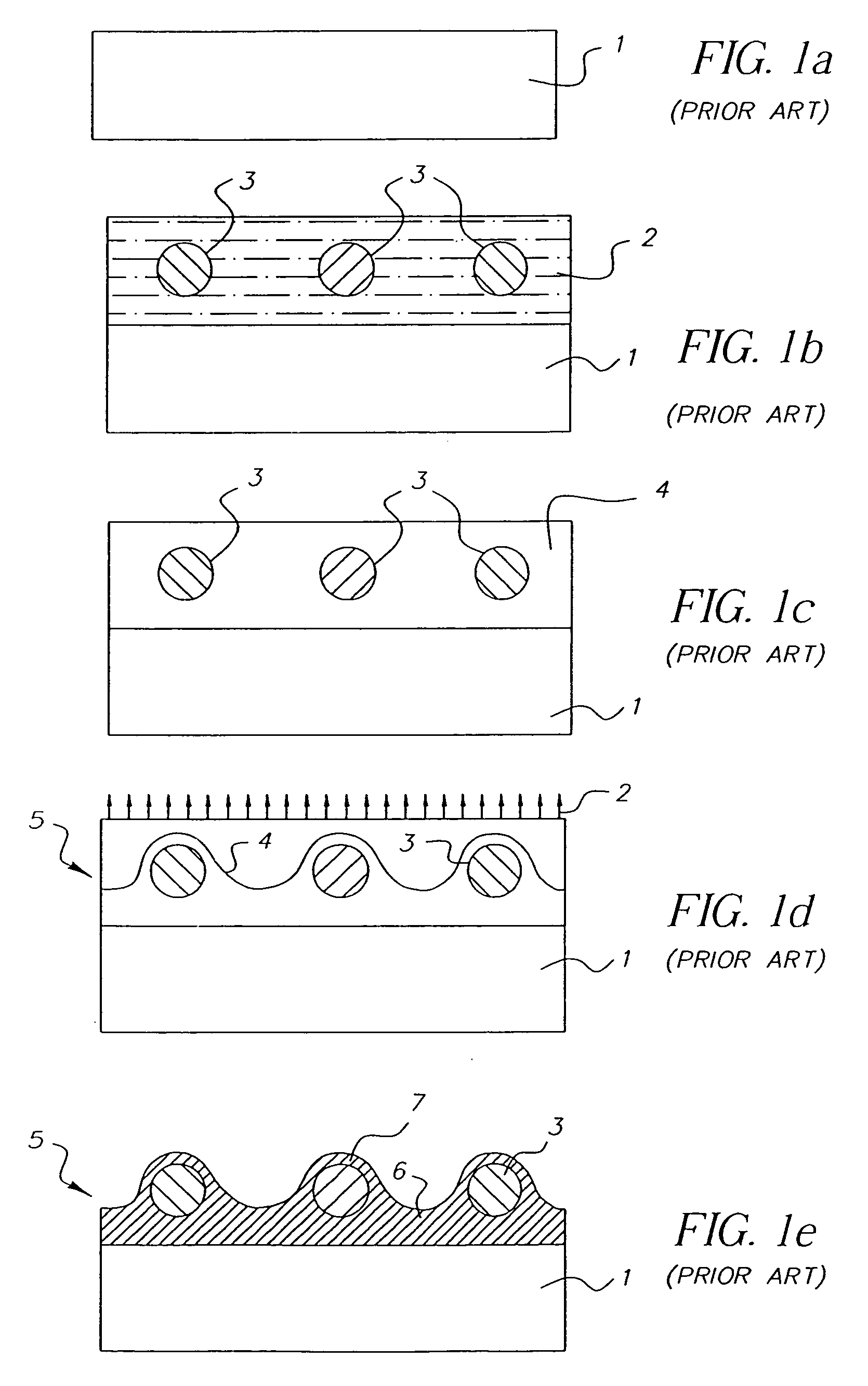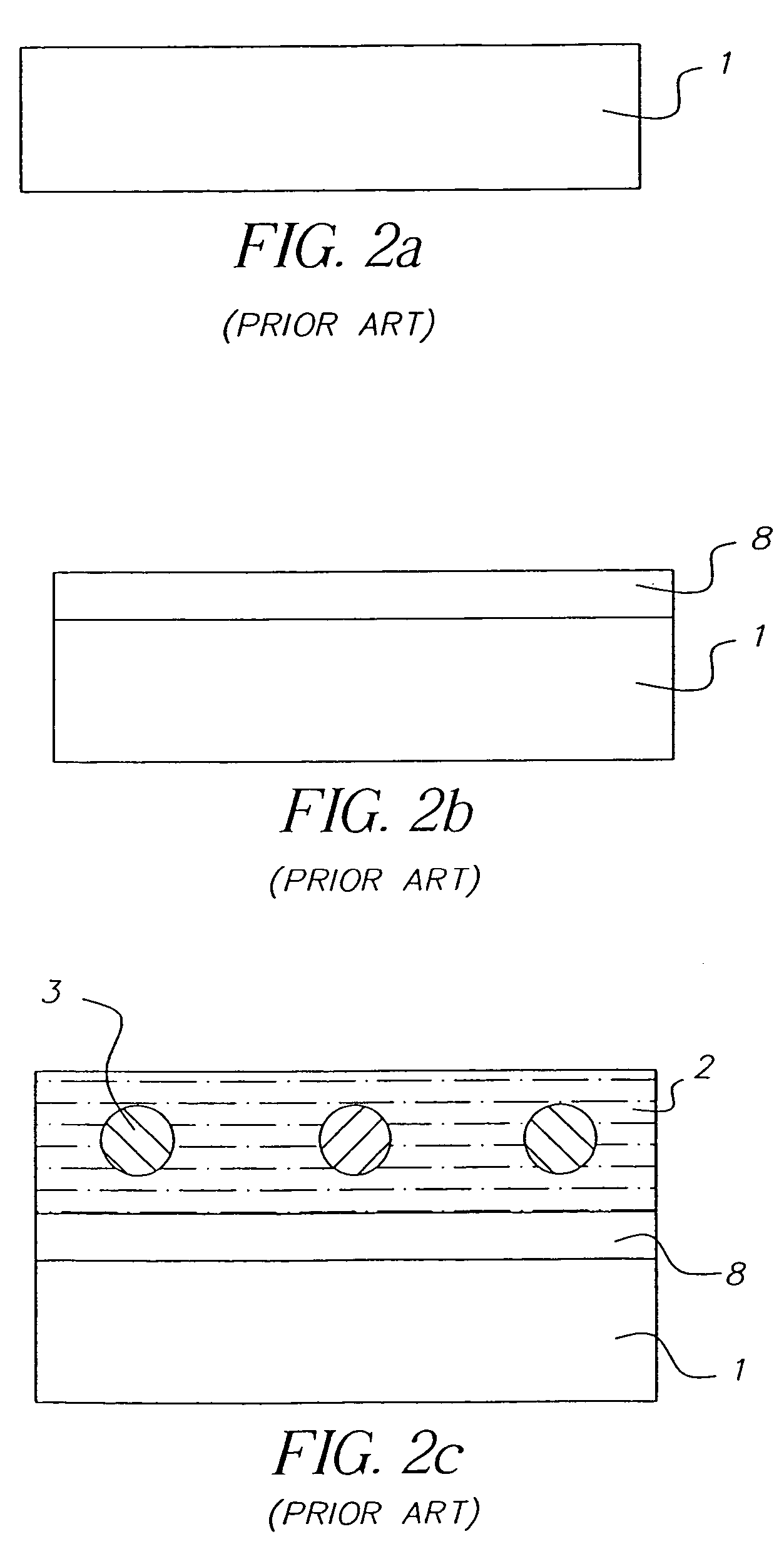Random array of microspheres
a random array and microsphere technology, applied in the field of biological or sensor microarray technology, can solve the problems of the inability to accurately predict the effect of the microsphere, so as to facilitate the access of the analyte, facilitate the preparation, and reduce the cost of the method
- Summary
- Abstract
- Description
- Claims
- Application Information
AI Technical Summary
Benefits of technology
Problems solved by technology
Method used
Image
Examples
examples
In the following example, Monte Carlo simulations as described in “Random Number Generation and Monte Carlo Methods (Statistics & Computing)” by James E. Gentle, Springer Verlag (1998), are performed to determine the distance between the microspheres that were introduced randomly. The results are then utilized in an analysis to calculate the Young's modulus of the receiving layer that avoids lateral aggregation of microspheres To simulate a random distribution of microspheres as achieved by the invention, 1000 microspheres of 10μ diameter were randomly dropped over a substrate with an area of 1 cm2, such that no two of the microspheres overlapped, as shown in FIG. 6. The distribution of nearest neighbor separation distances between the microspheres in FIG. 6 is shown in Table 1 and is plotted in FIG. 7. The microspheres were randomly dropped on the substrate 20 times, and the average over all twenty simulations is shown in Table 2. A cumulative average for each of the nearest neigh...
PUM
| Property | Measurement | Unit |
|---|---|---|
| Pressure | aaaaa | aaaaa |
| Diameter | aaaaa | aaaaa |
| Color | aaaaa | aaaaa |
Abstract
Description
Claims
Application Information
 Login to View More
Login to View More - R&D
- Intellectual Property
- Life Sciences
- Materials
- Tech Scout
- Unparalleled Data Quality
- Higher Quality Content
- 60% Fewer Hallucinations
Browse by: Latest US Patents, China's latest patents, Technical Efficacy Thesaurus, Application Domain, Technology Topic, Popular Technical Reports.
© 2025 PatSnap. All rights reserved.Legal|Privacy policy|Modern Slavery Act Transparency Statement|Sitemap|About US| Contact US: help@patsnap.com



